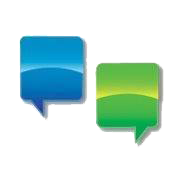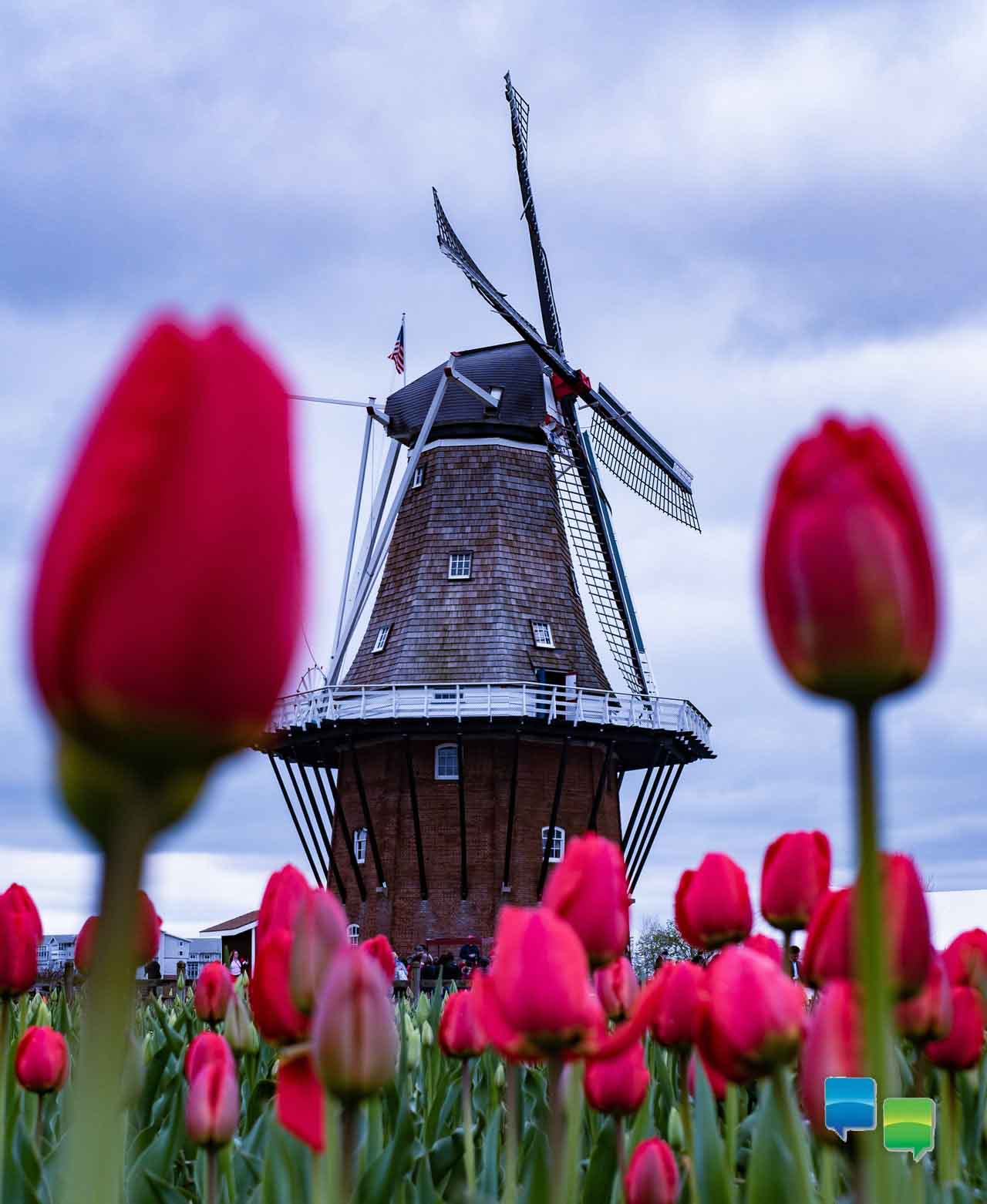Amsterdam is known for its beautiful houses, its picturesque canals, and the bohemian appeal. But even though everyone has probably heard stories about what one can do and buy in this liberal city, fewer are familiar with the language that is spoken by its locals. Indeed, with over 23 million native speakers, Dutch is by no aspects a minor language. But did you know that it is an official language not just in the Netherlands, but also in a country of South America? Or that several of its slang words came from Hebrew? Truly, Dutch is full of eccentricity and surprises, here are some of the most interesting of them all.
There are Plenty of Compound Words
Dutch is quite closely related to German, which is known for having long compound words. In the same way, the Dutch language has monstrosities such as Meervoudigepersoonlijkheidsstoornis (multiple personality disorder), with a whopping number of 35 letters.
Dutch Shares More Than Half Vocabulary with English
Both English and Dutch are Germanic languages, and thus, they share lots of vocabulary. Native English speakers who go to grocery shopping in a Dutch market will find familiar names like banaan (banana), appel (apple), and tomaat (tomato).
Nouns without Case
Going by its similarity to German, one may expect that Dutch will have the same nightmarish range of cases for all of its nouns. Luckily for learners, there is no case in Dutch nouns. As an added bonus, Dutch nouns have only 2 genders (masculine and feminine). it lacks the neuter gender that German consists, so learners have one less thing to learn and memorize.
It has Some Gravely Gnarly Consonant Clusters
Do not get overly excited, English speakers, Dutch might be the easiest language for you to learn, but it has its challenges. For instance, several Dutch words are tongue twisters amongst themselves, having several consonants in a row. Angstschreeuw (a scream of fear), for example, has 8; slechtstschrijvend (worst writing) has 9.
Dutch Language has Given Birth to Many Languages
Because of the Dutch colonization during the 17th and 18th centuries, the Dutch language spread across the globe. In South Africa, however, Dutch started to take on a life of its own, and during the 18th century, developed unique characteristics which distinguish it from Dutch. Currently, Afrikaans, which is spoken by over 7 million in South Africa, is considered to be a completely different language from Dutch.
Many of its Slangs are Originated from Hebrew
The Netherlands has historically maintained religious tolerance, and as such, it is home to a numerous Jewish population. Because of this, several slang terms used in the Netherlands are from Hebrew origin. Some instances include geinig (funny), and mazzel (lucky).
Dutch is Not Only Spoken in Europe
Dutch is spoken in the form official language in the Netherlands and Belgium, and the majority of its 23 million speakers reside in those 2 countries. However, Dutch is also the official language in the South American country named Suriname, a country of about 5, 76, 000 inhabitants in the northeast part of the Amazon Rainforest.
About Hello-Hello’s Dutch iPhone and Android Applications
Hello-Hello’s iOS and Android apps for learning the Dutch language course offers a unique and engaging learning methodology that is built with animated videos, amazing designed interface, adorable comic characters that put the learner on a fun journey to learn Dutch!
Some of the features of Learn Dutch (Hello-Hello) are
- Animated videos and comic strips
- Games to practice reading and listening skills
- Cleaner and more friendly user interface
- Follow your course progress
- Take notes
- Receive notifications with lesson reminders. The more you practice, the more you learn!
- Receive notifications with new words to build your vocabulary.
iTunes link: https://apps.apple.com/us/app/learn-dutch-vocabulary-hh/id434348093
Google Play Store Link: https://play.google.com/store/apps/details?id=com.Hello_Hello_Dutch

